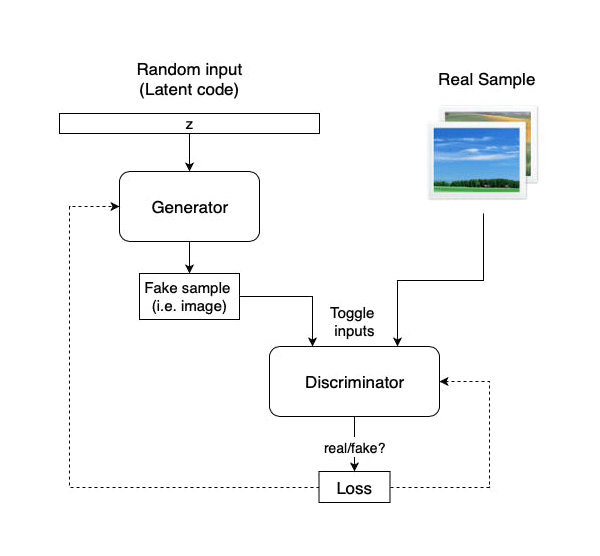
Humans recognize others, mainly through their appearance, and especially through their faces. After all, we humans, no matter how we look, we have faces to show.
AI has gone a long way. While it's still young, the technology has shown a lot of promise that many industries are starting to implement it.
And in an advance of this technology, AI has another magic trick we humans uncover, and that is creating someone that doesn't exist.
In short, an AI is capable of conjuring people out of thin air.
A website named thispersondoesnotexist.com uses an implementation of machine learning to generate a new fancy face on each browser refresh.
Every time a visitor reloads the page, an algorithm in the background generates a new very convincing human face from scratch.
"Most people do not understand how good AIs will be at synthesizing images in the future," said website creator and software developer Philip Wang.

Using Generative Adversarial Networks, or GANs. the AI "learn" from a large number of training inputs of human faces in order to produce new examples.
The site uses codes previously released by Nvidia researchers on GitHub.
GANs were first introduced in 2014 by computer scientist Ian Goodfellow and his colleagues. The strategy in GAN is using multiple instances of intelligent agents, in which the first tries to trick the other.
In This Person Does Not Exist website, the first agent in the GAN is the 'generator, trained to create a new human face from scratch. The other agent is the 'discriminator' set to judge the generator, by trying to determine if the image the generator produces is a real image or a fake one.
With the agents pitted against each other, the AI is finally capable of generating highly realistic images in shockingly high resolution.
Wang’s website runs the website and its AI on a rented server with a GPU running Nvidia’s software.
“I have it dream up a random face every two seconds, and display that to the world in a scalable fashion,” said Wang. “Nothing fancy.”

GANs have been used to generate videos of people, manipulate videos in a way that led to the creation of fake porn videos known as deepfakes, and more.
The thispersondoesnotexist.com website clearly shows that GANs are indeed versatile things. But as for Wang, he wanted to tech the AI to just faces.
"Faces are most salient to our cognition, so I've decided to put that specific pretrained model up," he explained.
While the results of the GANs are indeed impressive, they are actually not perfect.
For example, one AI-generated woman’s face was covered in some red, worm-like streaks; a man had what looked like a black hole swirling around on his neck; a woman with a hat seemed to have her hat blended with the background.
Most of the mistakes are somehow shown on the people's teeth. For example, there is a boy who had the color of his lower teeth the same as his gum; both men and women having their incisors unnaturally in different sizes.
But aside from the occasional mistakes, or if viewers don't really pay attention to the details, the images are indeed very good.
Inside those chilling soulful fake faces, their gaze can be misleading. But this advancement is showing just how realistic the fake worlds of the future we are about to live in.
